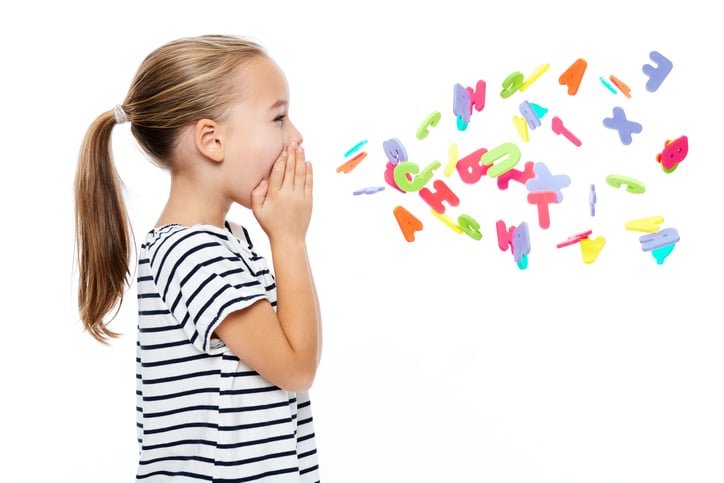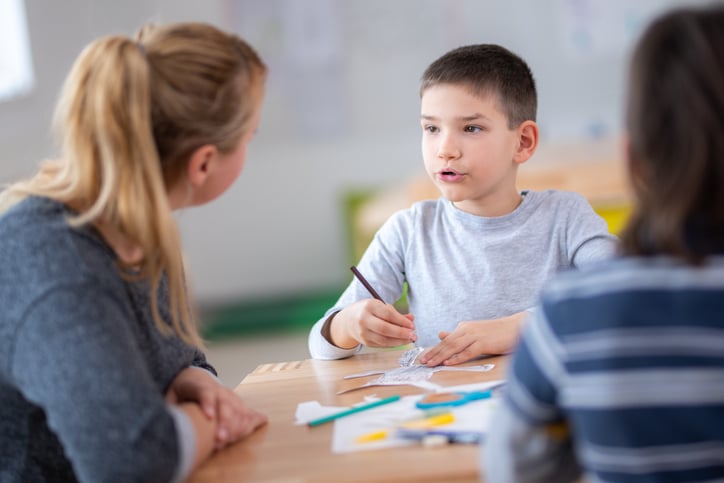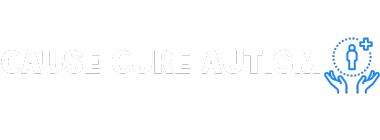
As children reach the age of 4, the development of their language and communication skills becomes a captivating journey. This period is crucial as it marks significant progress in their ability to express themselves and understand others, laying a strong foundation for their future learning and social interactions.
Language and Communication Blossoms
At around four years old, children experience remarkable growth in their language and communication skills. This phase showcases their expanding abilities in vocabulary, sentence construction, storytelling, comprehension, engaging in conversations, and pronunciation.

- Expanding Vocabulary: Four-year-olds exhibit a rapid increase in vocabulary, using a wider range of words to express themselves and comprehend complex language from others.
- Complex Sentences: Children of this age begin forming more intricate sentences, incorporating multiple components and conjunctions to convey sophisticated ideas.
- Storytelling Skills: Storytelling becomes more elaborate, with children narrating events sequentially and adding imaginative details, showcasing their cognitive growth.
- Understanding Questions: Four-year-olds can comprehend and respond to various types of questions, signaling advanced communication and understanding skills.
- Conversational Skills: Engagement in conversations intensifies, with children staying on topic, taking turns, and asking/responding to questions, reflecting their social communication development.
- Pronunciation Improvements: Pronunciation advances significantly, making speech more understandable to a wider audience and marking a key milestone in language development.
These developments are crucial for children’s overall growth, impacting their social interactions, emotional expression, and early literacy skills.

What to Watch Out For in Language and Communication Development
While celebrating the language milestones of 4-year-olds, it’s essential to remain vigilant for signs indicating potential challenges in language and communication development. Timely intervention can significantly impact a child’s communicative abilities and overall progress.

Indicators of Potential Language Delays
- Limited Use of Gestures: By the age of 12 months, children should be utilizing gestures like pointing or waving. A lack of these gestures could indicate a language delay.
- Preference for Gestures Over Words: By 18 months, if a child relies more on gestures than verbal communication, it may suggest delayed language skills.
- Repetitive Use of Sounds or Words: Limited spontaneous speech production could be a sign of language delay in a 2-year-old child.
- Difficulty with Following Simple Directions: By age 2, children should be able to understand and follow basic instructions. Struggles in this area could signify a language comprehension issue.
- Unusual Tone of Voice: Atypical vocal tones might be associated with language delays and warrant discussion with a healthcare professional.
Recognizing these signs is crucial in identifying children who may benefit from additional support or assessment by a speech-language pathologist (SLP) to evaluate language abilities and provide appropriate interventions or therapies.

Next Steps for Concerns
In the event of noticing signs of language delays or other concerns related to your child’s language development, it is advisable to seek guidance from a pediatrician or speech-language pathologist. They can assess the situation thoroughly and recommend necessary interventions like speech therapy to enhance your child’s language skills.
Apart from professional assistance, there are numerous strategies parents and caregivers can implement at home to promote language development. Engaging in conversations, reading together, and incorporating language-rich activities can all contribute to a child’s linguistic advancement.
Supporting Children with Language Delays
For children facing language delays, early intervention and support play a vital role. Speech pathologists may suggest group programs or personalized strategies to improve language skills, including practical activities to encourage verbal communication and home-based techniques for parents to aid in their child’s language development.
Supporting Overall Language and Communication Development
Understanding these developmental milestones enables caregivers and educators to offer targeted assistance. Cultivating patience and providing encouragement as children explore language intricacies is paramount. Creating an enriching language environment through activities like shared reading, storytelling, and meaningful conversations significantly boosts language development, enhancing vocabulary, sentence structure, and communication nuances.


Nurturing and recognizing these skills creates a supportive environment that not only enhances linguistic proficiency but instills a lifelong passion for learning and connecting. The advancements in language and communication during this stage establish a vital groundwork for children to confidently explore the world with curiosity and certainty.
This article is part of a comprehensive series on Developmental Milestones in 4-Year-Olds. Explore other articles in the series:
- Four Critical Areas of Development for 4-Year-Olds
- Physical Development in 4-Year-Olds
- Cognitive Milestones in 4-Year-Olds

